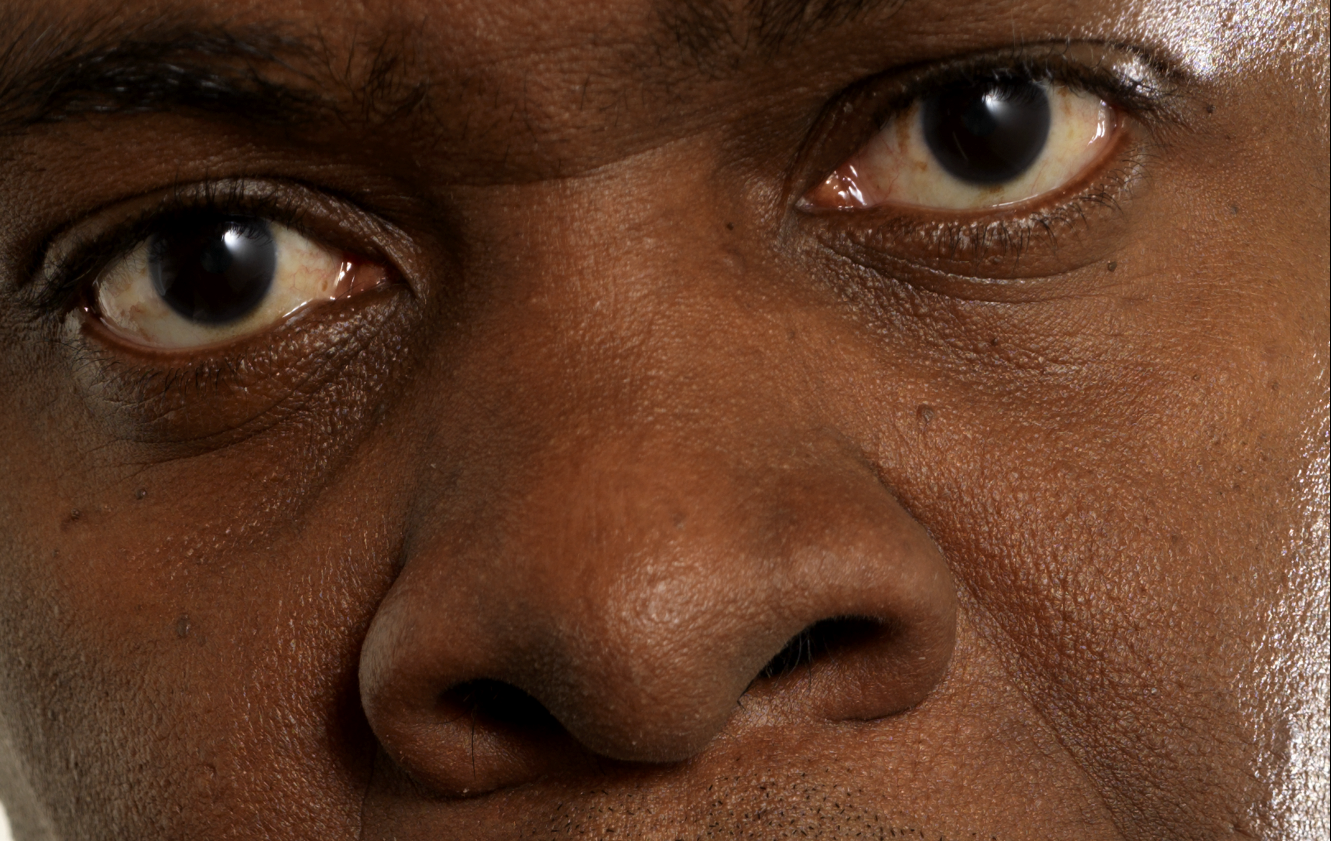Invited Intimacy
“If we could read the secret history or our enemies, we should find in each man’s life sorrow and suffering enough to disarm all hostility.” – Henry Wadsworth Longfellow
As a photographer I am always a little bit envious of painting. Not only the status and history of the medium, but also the breadth and creative range available to it. Photographers are slaves to machines and the type of machine we choose has a huge influence on the process and the outcome.
I conceived of a way of taking images that felt more painterly, more measured, and more intimate. After reading about Vermeer and his contemporaries’ use of a ‘Camera Obscura’ I tried to fashion a digital version for myself using the latest technology. My idea was to create a mosaic of overlapping sections taken from a predetermined grid, and this grid would map the entire covering field of the lens, resulting in a circular image. Using a technical plate camera and a complicated series of precise movements and measurements I was able achieve this in about sixty-four frames. It takes a great deal of time to do this, sometimes days, and this addition of time and complexity alters the relationship the photographer has to the subject.
Having ones photograph taken is already a strange and uncomfortable event – dragging that event out to many hours, even days was a risk so I needed subjects that were very keen to collaborate and who had a story the were willing to tell. Each of the chosen contributors had a powerful, personal story to tell; be it the biological clock, relationship breakdown, teenage angst or loneliness. I know each of the participants in some form.
Inviting input from the subjects enhances the process of image making as well as authenticating the final piece. I was looking for faithfulness to the narrative so it follows that the subject of that particular life story should have a say in the choice of location and the nature of the action. We would spend hours together, talking, while I complied the necessary background images; so that when it came to focussing on the postures and faces there was an open and honest line of communication between us. Spending time together created trust and trust allowed vulnerability and vulnerability is moving.
The techniques itself is very demanding and requires extreme concentration for long periods. The final images contain billions of pixels and an astronomical amount of captured light, I joke that it is like using an indoor Hubble.
The post-production of assembling and blending hundreds of separate frames takes literally hundreds of hours at the computer. My original plan to do everything on location, like a painter, had to be abandoned, as it was impractical. I would do a rough jigsaw of all the images on location and refine and edit this back at my studio. The final, assembled, images exceeded my expectations, both in terms of connection with the subject and in the rich photographic detail and quality of the final piece.
The ‘virtual’ camera I created to take these images is unique and cannot be replicated; nor was there another way I could have achieved this as I left no stone unturned looking for an ‘easier’ way.

